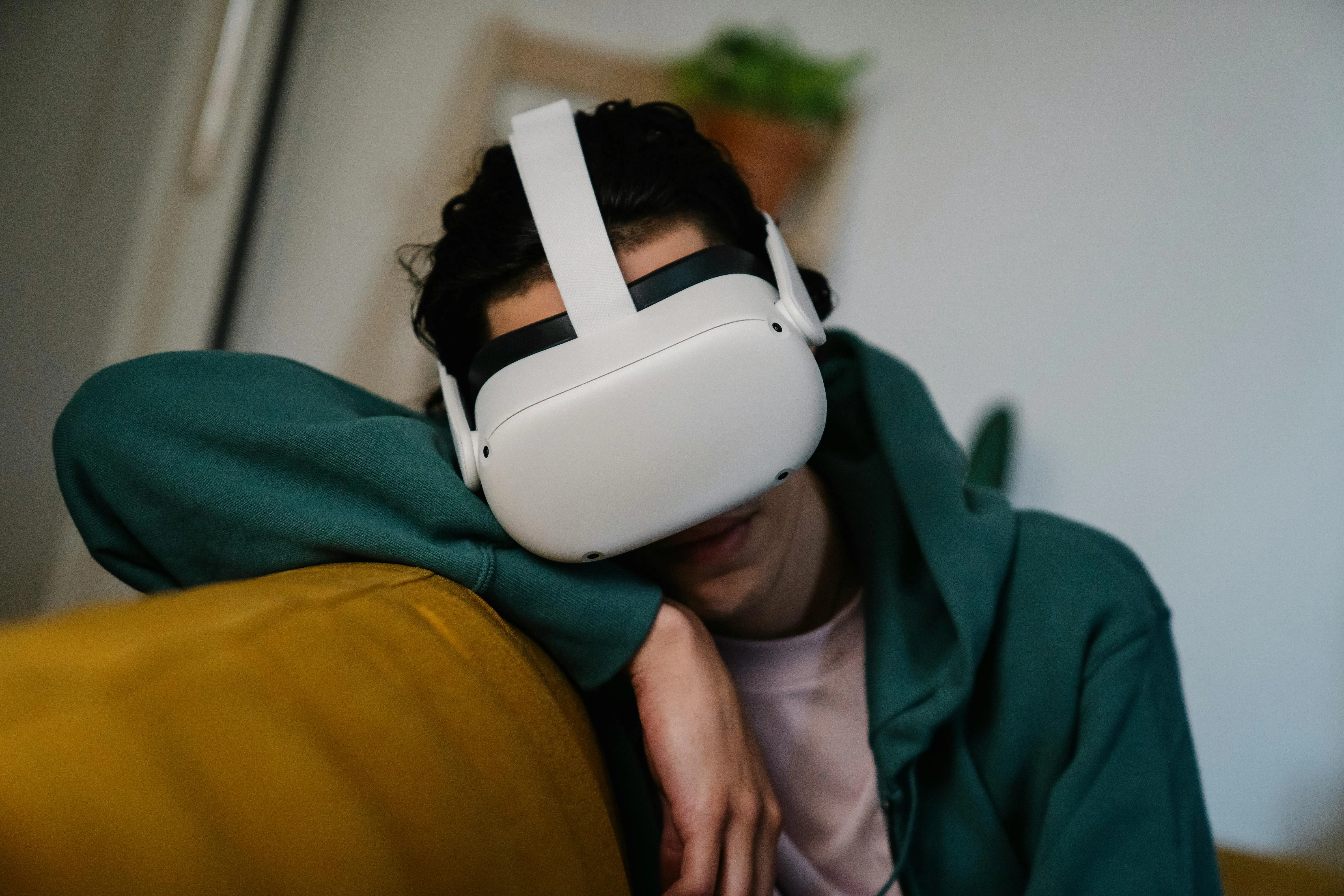Revolution in Wearable Tech: Clothes Now Power Personal Devices
Wearable technology has come a long way since the days of clunky wristwatches with basic functions. Today, it's not just about convenience or style; it's about integrating technology seamlessly into our lives. One of the most exciting developments in this field is the emergence of wearable clothing that powers our personal devices. As I delve into this fascinating topic, I can't help but recall the first time I experienced the convenience and innovation of wearable tech.

From Wristwatches to Smart Fabrics
Growing up, I remember the thrill of owning my first digital wristwatch. It was a gift from my parents, and I cherished it like a prized possession. Fast forward to the present, and wristwatches have evolved into smartwatches capable of performing a multitude of tasks, from monitoring our health to receiving notifications.
But what if I told you that the future of wearable tech isn't limited to what we wear on our wrists? It's woven into the very fabric of our clothing.
The Power of Smart Fabrics
Imagine a world where your clothing doesn't just keep you warm or stylish; it also generates electricity to power your devices. This revolutionary concept has become a reality with the development of smart fabrics. These fabrics are embedded with tiny, flexible electronics that can harvest energy from your body's movements.
My Personal Experience
Last year, I had the opportunity to try out a pair of sneakers with embedded energy-harvesting technology. As I walked, the pressure on the soles generated electricity, which was stored in a small battery within the shoe. This energy could then be used to charge my smartphone or other gadgets via a USB port conveniently located on the shoe's tongue. It was a game-changer.
How it Works
Smart fabrics and materials come in various forms, each with its unique way of generating and storing energy. Some use piezoelectric materials that produce electricity when mechanical stress is applied, while others rely on triboelectric nanogenerators that harness the static electricity generated by friction.
For example, clothing embedded with piezoelectric fibers can capture energy from your body's movements—whether you're walking, jogging, or even just fidgeting in your chair. This energy is then converted into electrical power and stored for later use.
Applications Beyond Fashion
The applications of smart fabrics extend far beyond fashion. These innovative materials can be integrated into a wide range of products, from backpacks that charge your devices as you walk to medical garments that monitor your health and transmit data to healthcare professionals.
Empowering the Future
One of the most significant advantages of wearable clothing that powers personal devices is its potential to empower people in remote or resource-limited areas. Imagine a farmer in a remote village who can charge their essential devices using the energy generated simply by going about their daily tasks. It's a remarkable leap forward in bridging the digital divide.
Sustainability and Convenience
Smart fabrics also align with the growing emphasis on sustainability in the tech industry. By harnessing energy from our movements, these textiles reduce our reliance on traditional power sources, contributing to a greener future.
Moreover, the convenience factor cannot be overstated. No longer will you have to worry about carrying spare batteries or finding an available power outlet. Your clothing becomes a source of energy, ensuring that your devices remain charged and ready when you need them.
Challenges and Future Prospects
While the future of wearable clothing that powers personal devices is undoubtedly promising, it is not without its challenges. Ensuring durability, comfort, and affordability are key areas of focus for researchers and manufacturers.
However, as technology continues to advance, we can expect even more exciting developments in this field. From jackets that keep you warm and your phone charged to sneakers that not only support your feet but also your digital life, the possibilities are endless.
In conclusion, the revolution in wearable tech, particularly the integration of smart fabrics into our clothing, represents a significant leap forward in how we interact with technology. It blurs the lines between fashion and function, sustainability, and convenience. As I look ahead to the future, I can't help but wonder what other innovations are on the horizon, waiting to weave themselves into the fabric of our lives.<

No comments:
Post a Comment